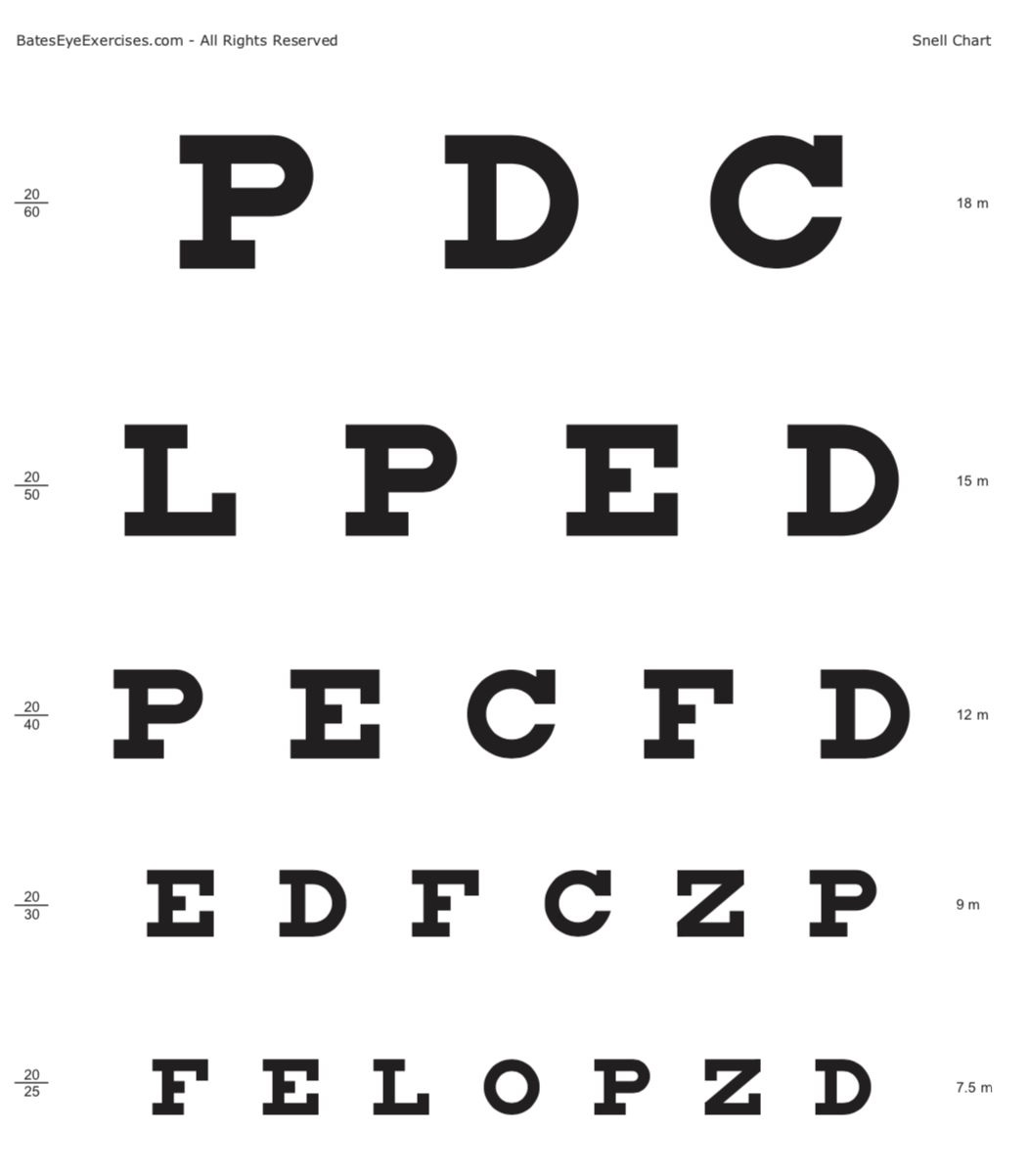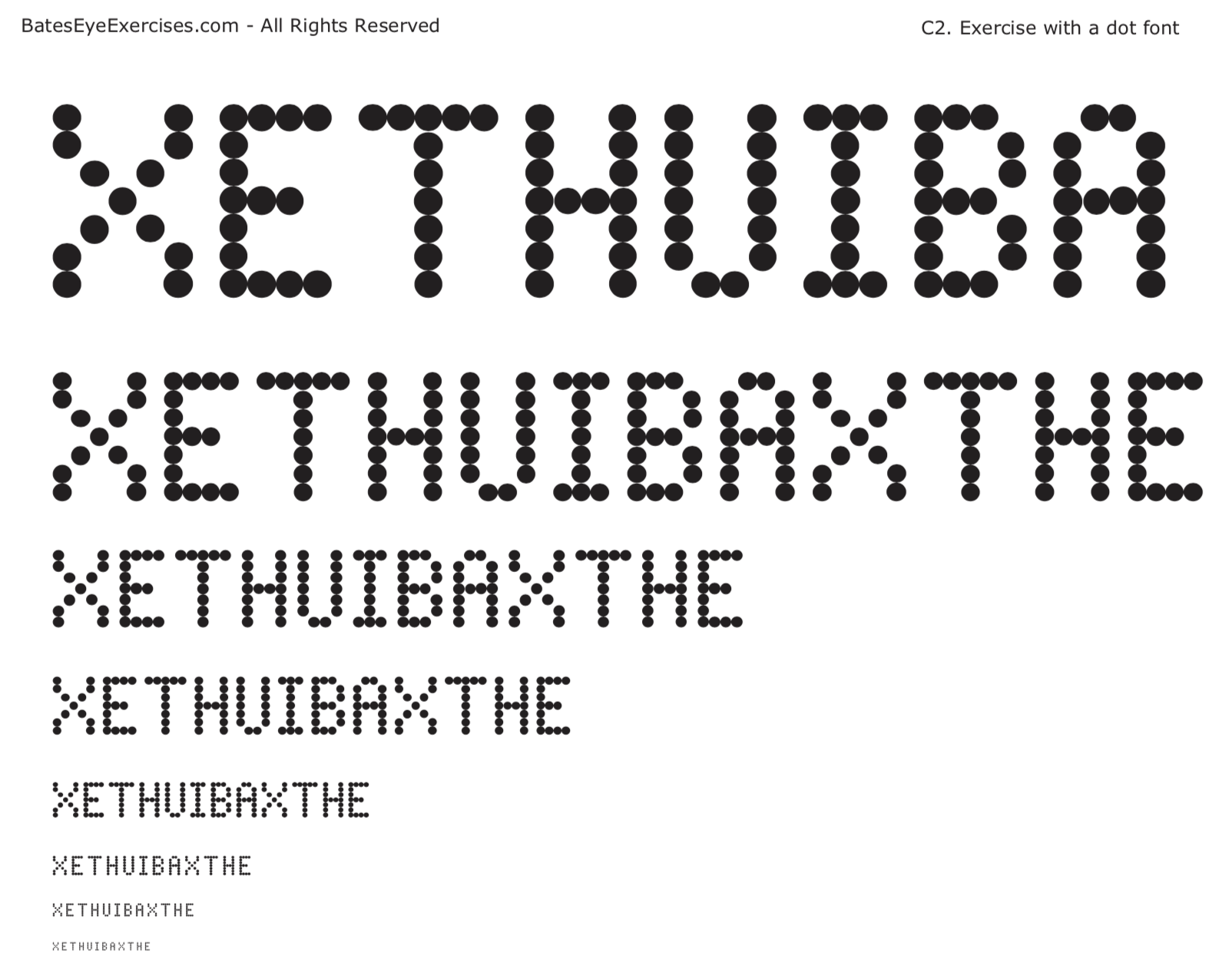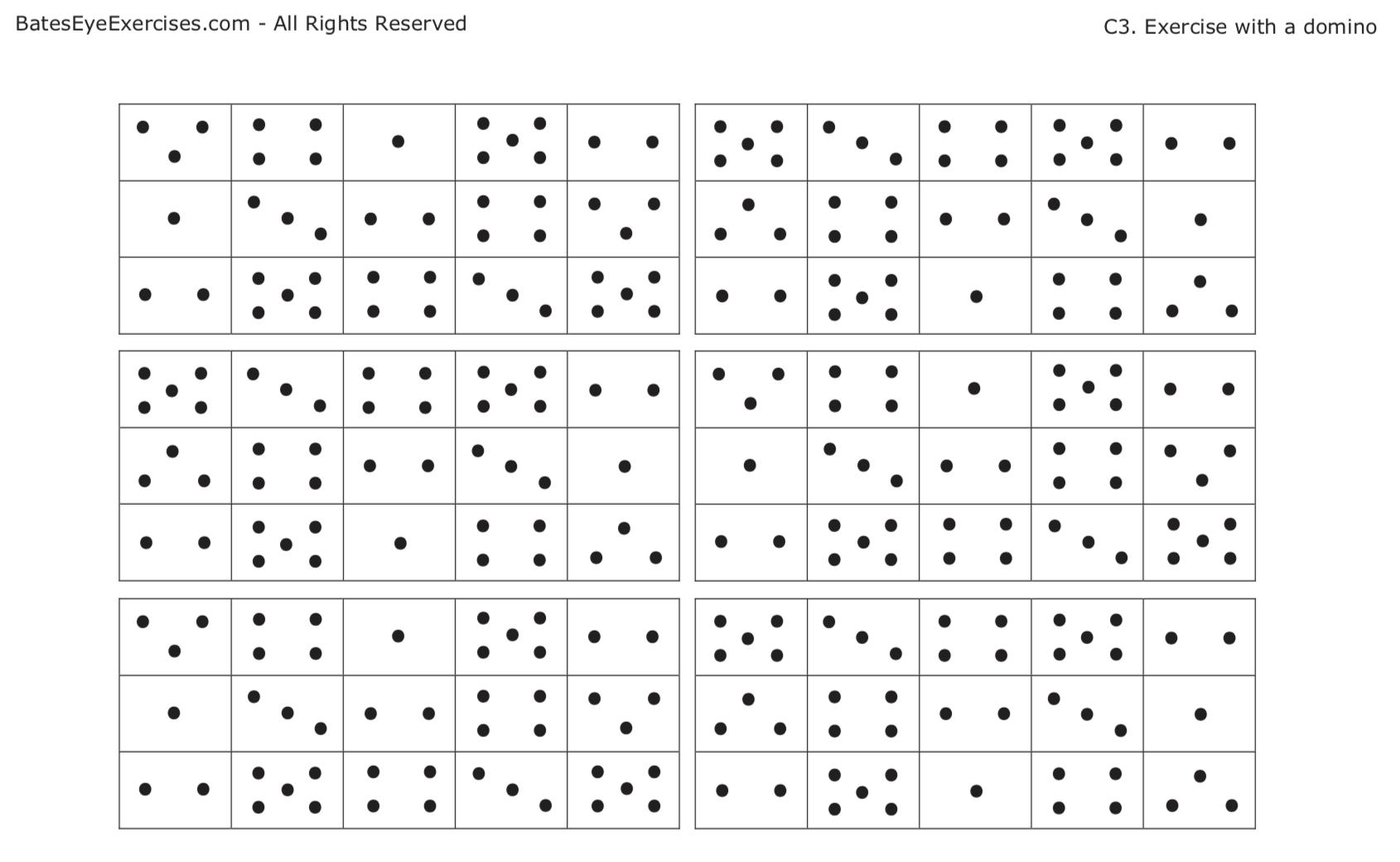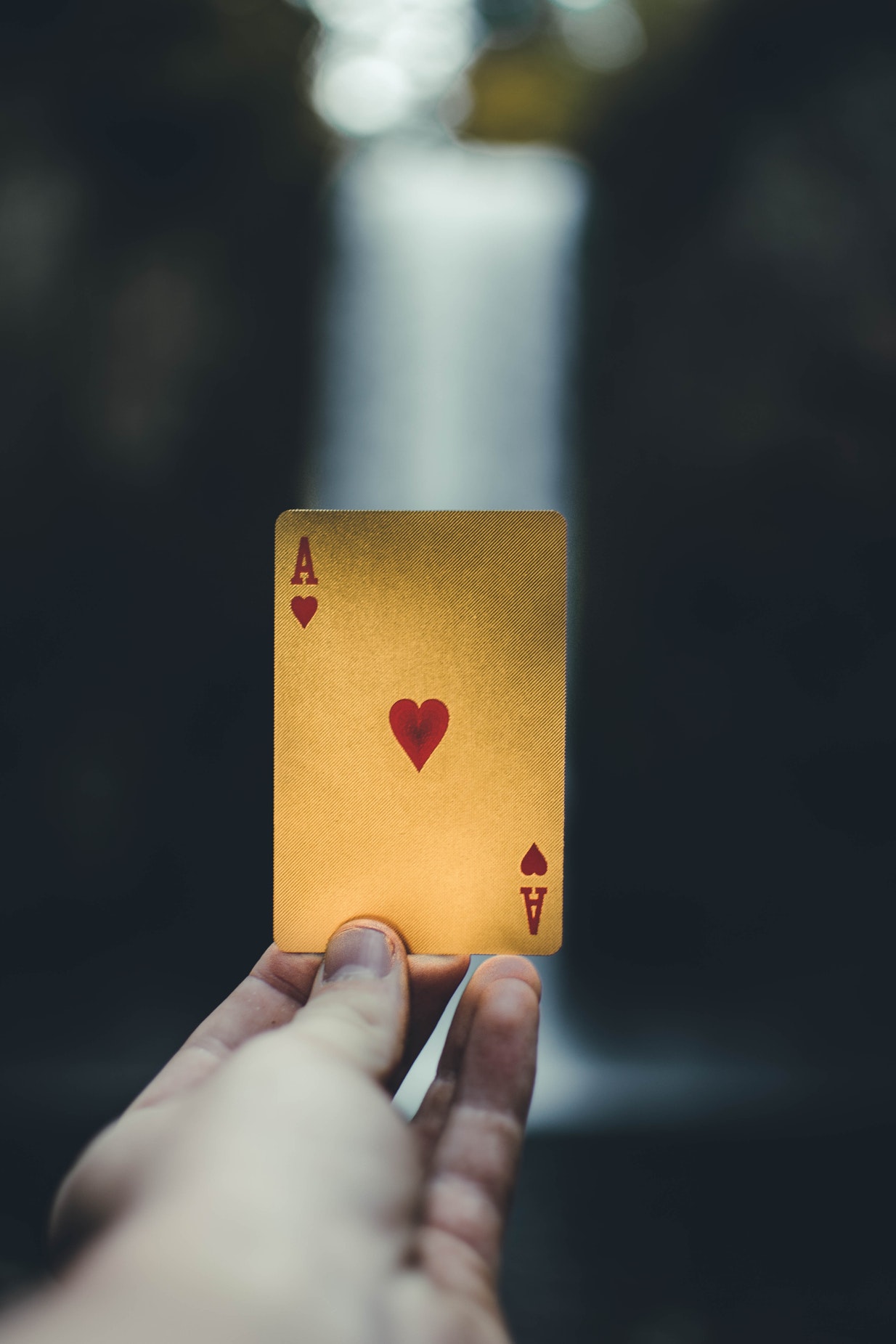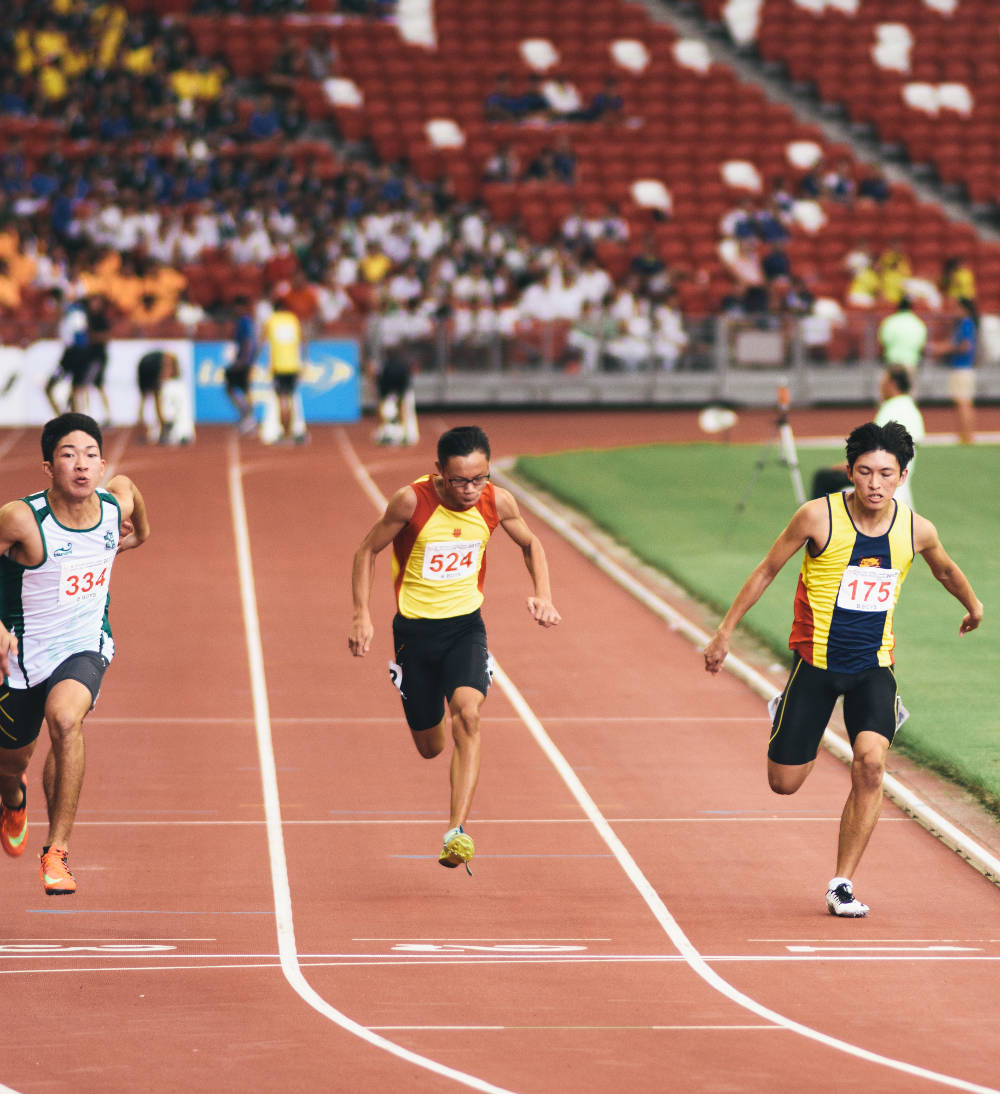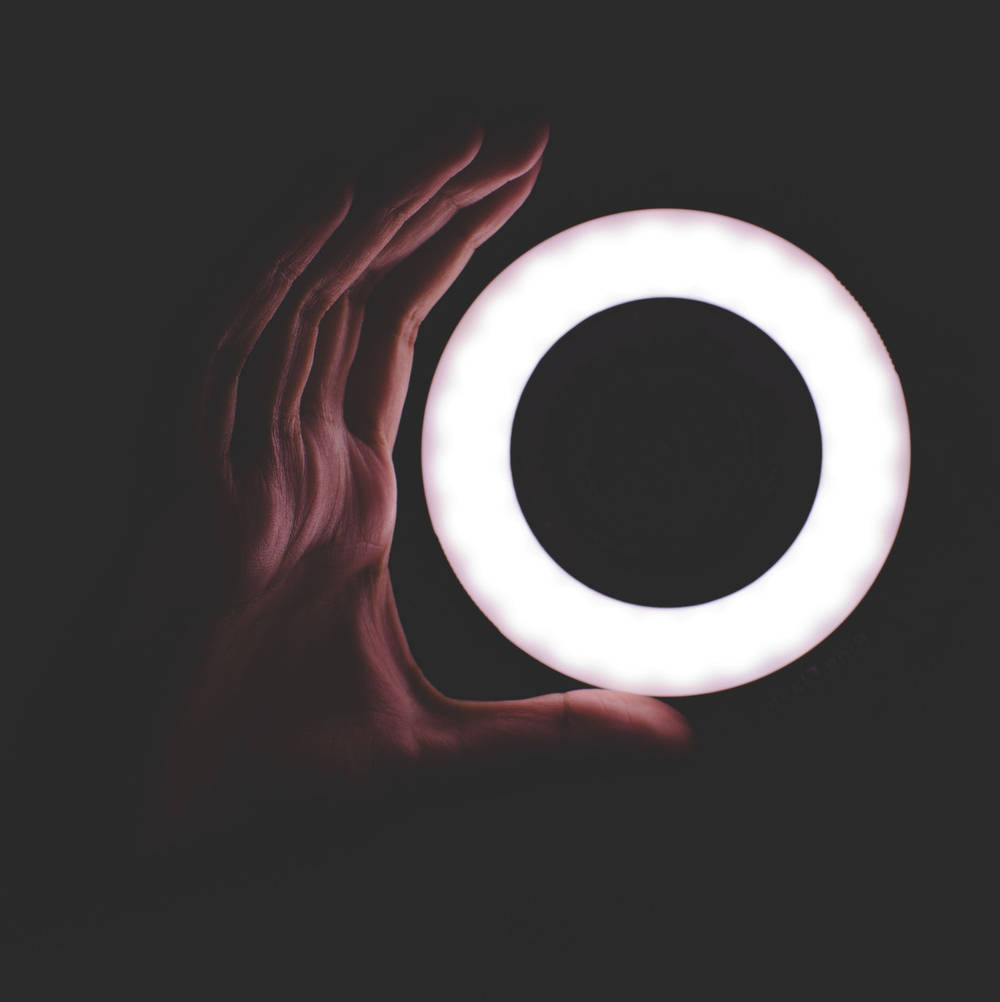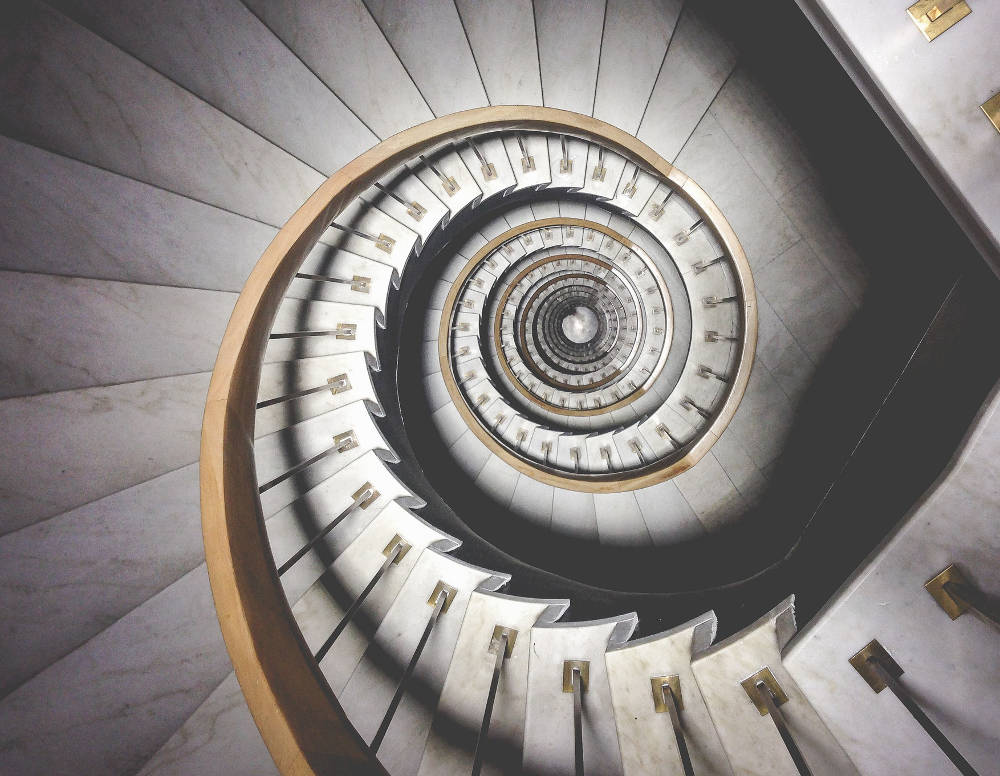Contrary to the common unjustified beliefs, the section of image well seen at normal sight is particularly small. The studies have shown that from the distance of twenty feet, we are able to see with good acuity only the area with the diameter of 1.2 cm. This means that to see clearly the letter of the size of 5 cm from this distance, a healthy eye has to make several micromovements, which will lead to the generation of a few images that the brain integrates into one sharp image of the letter. At the same time, the eye with a defect tries to see the substantial section of its visual field to an equally good extent, by looking at this section, thus generating stress and refraction error.
The sharp vision of only the section of image is due to that the eye retina has a point of maximum sensitivity, and each of its other section located proportionally to the distance from this point is less and less sensitive. In the retinal center is a small circular elevation, called macula lutea, or yellow spot due to the coloring. In the center of this spot is the fovea, the so-called dimple of dark color. In the center of this dimple are no rods, and cones are lengthened and pressed very tightly.
When learning to see clearly the observed object, as a rule it is most helpful to think of the point not observed directly as a place observed less clearly. The section of the object may be seen clearly only when the mind agrees to see the major part of this object unclearly. With the deeper relaxation, the area of poorly seen image section gets larger until the moment when the sharpest seen section becomes only a point.
All the exercises relaxing the sight allow to bring back the normal strength of central fixation. It can be recovered also by the conscious practice and at times it is the fastest and easiest method to bring back the normal vision. The perfectly acute vision consists in the perfectly precise focusing or sharpening of light rays right in the center of the yellow spot. It is natural that when looking in this way we see only a very small area, but involuntary, rapid movement of the eye (up to 70 times per second) allow to generate in the mind an image of any area.
